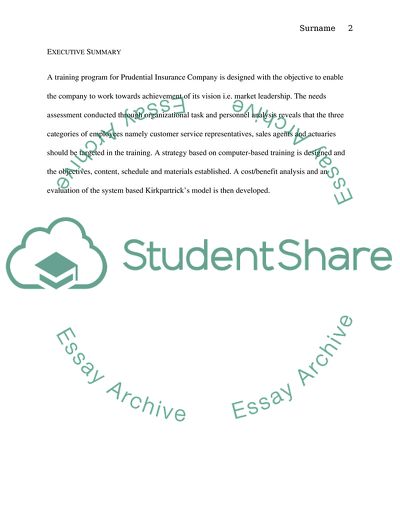Cite this document
(Training and Development for Financial Professionals at the Prudential Research Paper, n.d.)
Training and Development for Financial Professionals at the Prudential Research Paper. Retrieved from https://studentshare.org/human-resources/1757335-training-and-development-for-financial-professionals-at-the-prudential-insurance-company
Training and Development for Financial Professionals at the Prudential Research Paper. Retrieved from https://studentshare.org/human-resources/1757335-training-and-development-for-financial-professionals-at-the-prudential-insurance-company
(Training and Development for Financial Professionals at the Prudential Research Paper)
Training and Development for Financial Professionals at the Prudential Research Paper. https://studentshare.org/human-resources/1757335-training-and-development-for-financial-professionals-at-the-prudential-insurance-company.
Training and Development for Financial Professionals at the Prudential Research Paper. https://studentshare.org/human-resources/1757335-training-and-development-for-financial-professionals-at-the-prudential-insurance-company.
“Training and Development for Financial Professionals at the Prudential Research Paper”, n.d. https://studentshare.org/human-resources/1757335-training-and-development-for-financial-professionals-at-the-prudential-insurance-company.


